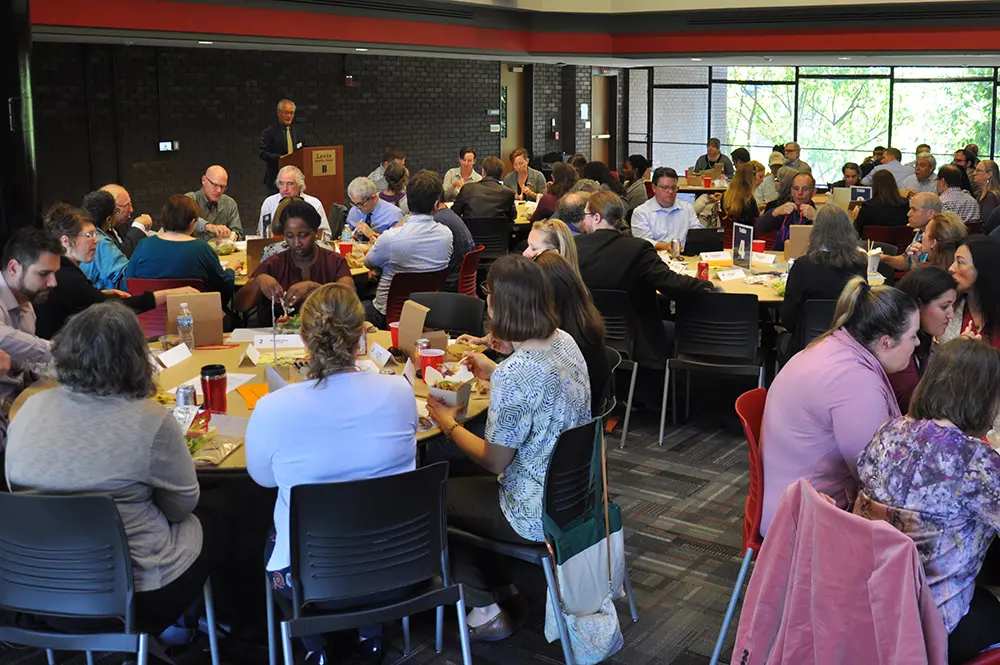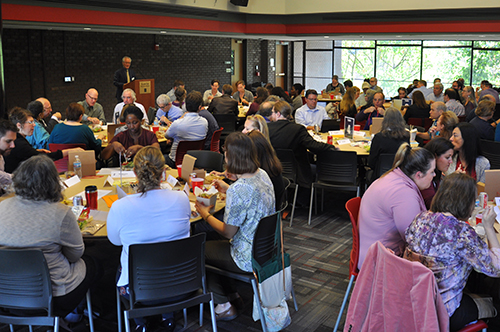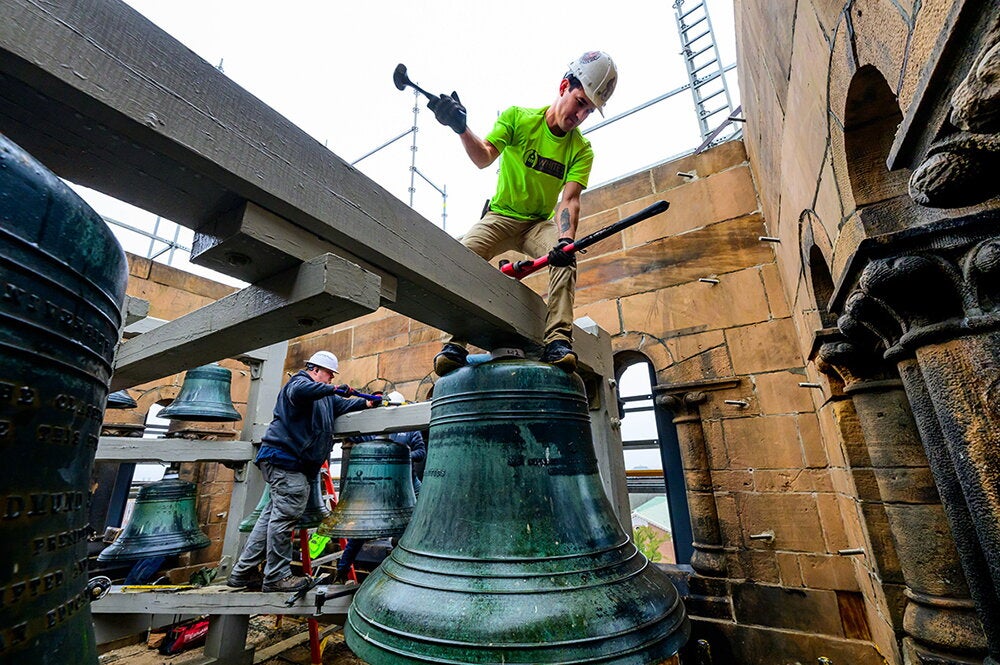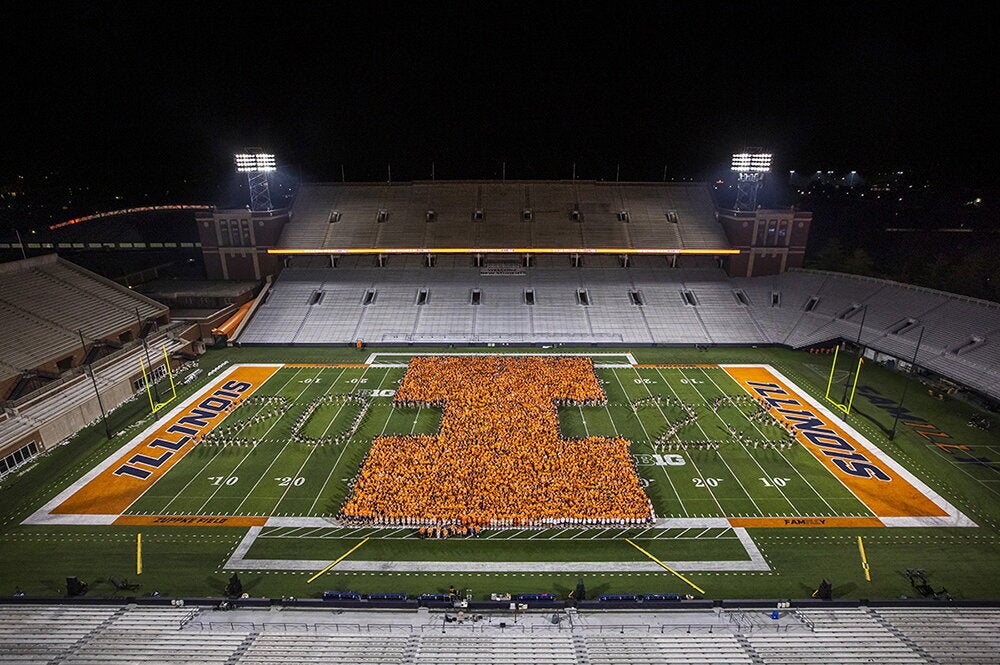

The College of LAS is in the midst of fielding ideas and feedback for the college’s first strategic plan in more a decade. The plan will help guide the college’s decisions for the next five years, officials said.
Kelly Ritter, associate dean for curricula and academic policy for LAS, said that the college has been reaching out to faculty, staff, and students this fall for their thoughts on how LAS should move forward in four key areas: research and creative activity; student experience; diversity and equity; and resources and visibility.
“The college values those four goals very much. We want to create a plan that gives us a guide for improvement and helps make sure we stay strong in things that we’re already good at,” Ritter said. “This plan is not going to sit on a shelf. It’s going to be a factor in our decision-making about college policies, procedures, and how to invest time and resources.”
The college conducted a series of roundtable discussions in October with more than 160 faculty and staff to include their ideas in the strategic planning process. The college has also created an online survey to field ideas and suggestions.
The college created four working groups to propose concrete solutions in each of the four key areas mentioned above. The working groups, which each consist of around 10 people, wrote reports on the proposals for future action that they created.
Laurie Johnson, professor and director of undergraduate studies in the Department of Germanic Languages & Literatures, is chair of the working group studying how to enhance the student experience. Her group met weekly from late August to mid-October to discuss enhancing the student experience in four ways: improved advising, curricular creativity, improved inclusion and access, and improved wellness.
“I think LAS is off to a strong start by dividing its highest priorities up into four themes that four working groups could address,” Johnson said. “Focusing on a limited, but very significant, number of goals, and asking faculty, staff, and students to propose concrete, efficient ways to achieve those goals means the plan will have a much higher chance of success than if, say, only one small team had been making all decisions.”
Ritter said that the Office of the Dean will continue collecting ideas and suggestions for the strategic plan through December. The strategic plan is scheduled to be released in March. Read more about the plan process, working groups, feedback, and timeline on the strategic planning page.
“Having a strategic plan gives the college a roadmap to move forward, and it also holds us accountable to move forward,” she said. “Strategic planning isn’t just about fixing problems. It’s about saying, ‘Look ahead.’”


